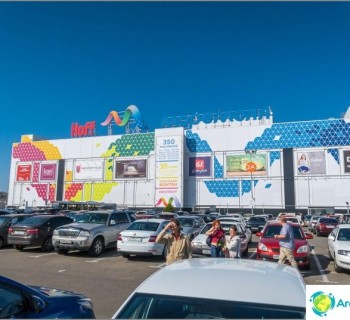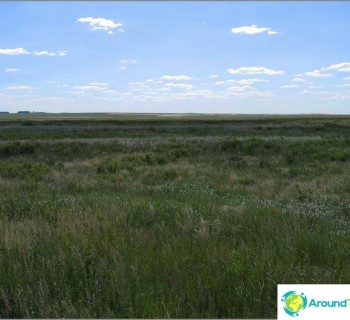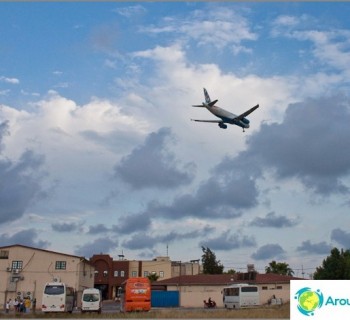In Thailand, many beaches have low tides. Somewhere they are so noticeable that you won't be able to swim. Since water comes / leaves once a day, it is not so critical for rest. However, it is still worth knowing about this, because for some it can be very critical and it is better to choose another beach in advance. The post serves as a companion to my Phuket travel guide.
Ebb and flow
There are quite a few beautiful beaches in Phuket, where the tide is expressed (but not so, like in Krabi). When the water runs out, it can be difficult to swim in such places, either too far to the water, or too shallow, ankle-deep. But during high water, these beaches are very beautiful, quiet and convenient for swimming, especially with children, since the entry into the water is shallow and shallow..
The most comfortable days are when the difference in water height between the maximum and minimum values is the smallest. That is, there is no big difference between the tide and the ebb. But this does not happen all year long. During the season, it is convenient and good to swim on most beaches, but from April-March on some beaches there are high tides during the day, when people usually swim, which is not very convenient. Moreover, it is quite difficult to guess the low tide time on your own, so it is better to use tables. I will tell you how to use them below. Although in general, Phuket is not a resort where you should be too worried about this topic, you can always go to a deeper beach.
Ebb tides are primarily noticeable on the beaches of Kata, Bang Tao, Naithon, Nai Yang, Cape Panwa, Mai Khao. This is an approximate list, because the swimability or non-swimability of the beach at low tide is a relative thing, depends on taste, and the ebb tide is stronger and weaker at the same place, depending on the time of year. Vacationers most of all, I think, will be interested in the beaches of Kata and Naithon, since the rest are less popular.
You can find the ebb tide table on the website. The site is in English, but it's not hard to figure it out.
You can also install an application for Android.
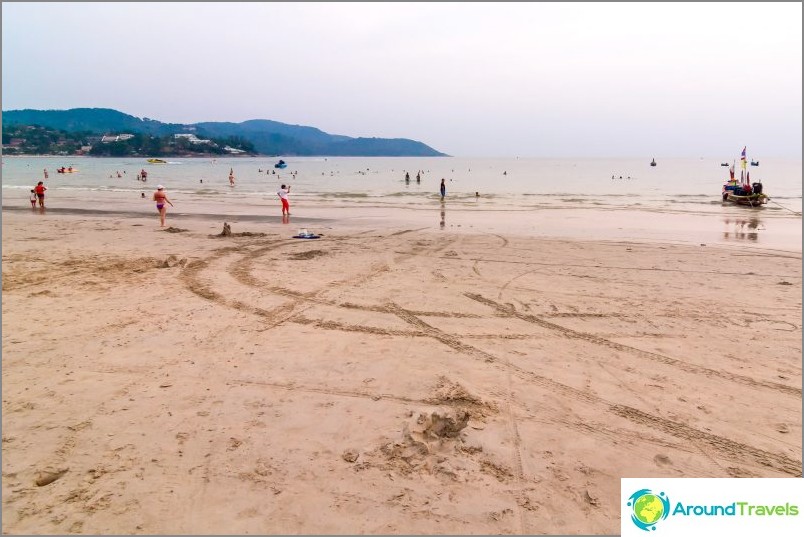
Low tide at Kata beach, Phuket
How to use the table
Just in case, I'll tell you how to use the tables, if it's not clear right off the bat. I prefer tables, not graphs, but you yourself see what is clearer to you. There may be 2 low tides and 2 high tides a day. Below in the screenshots, see how these tables look, they indicate the height in meters at the time of day. On different beaches, the time may differ slightly, it seems to me, but in general, everything is similar.
Low Tide - minimum water height.
High Tide - the maximum height of the water (we need it).
You need to come closer to the time (plus or minus an hour) when the highest water height, then you can swim normally. There are also night tides, you probably won't need them..
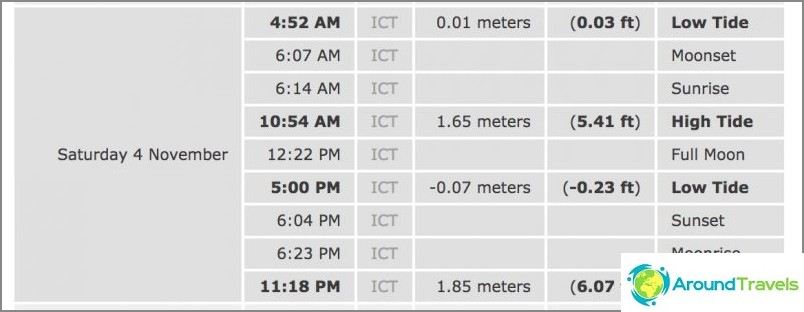
Looking for High Tide in the table
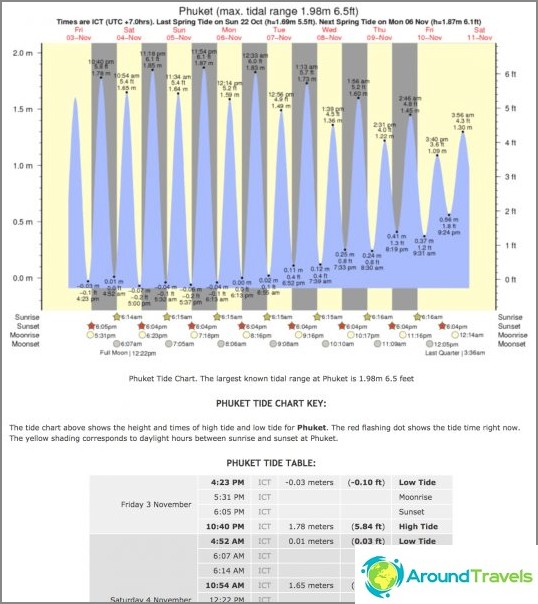
Phuket ebb and flow table
